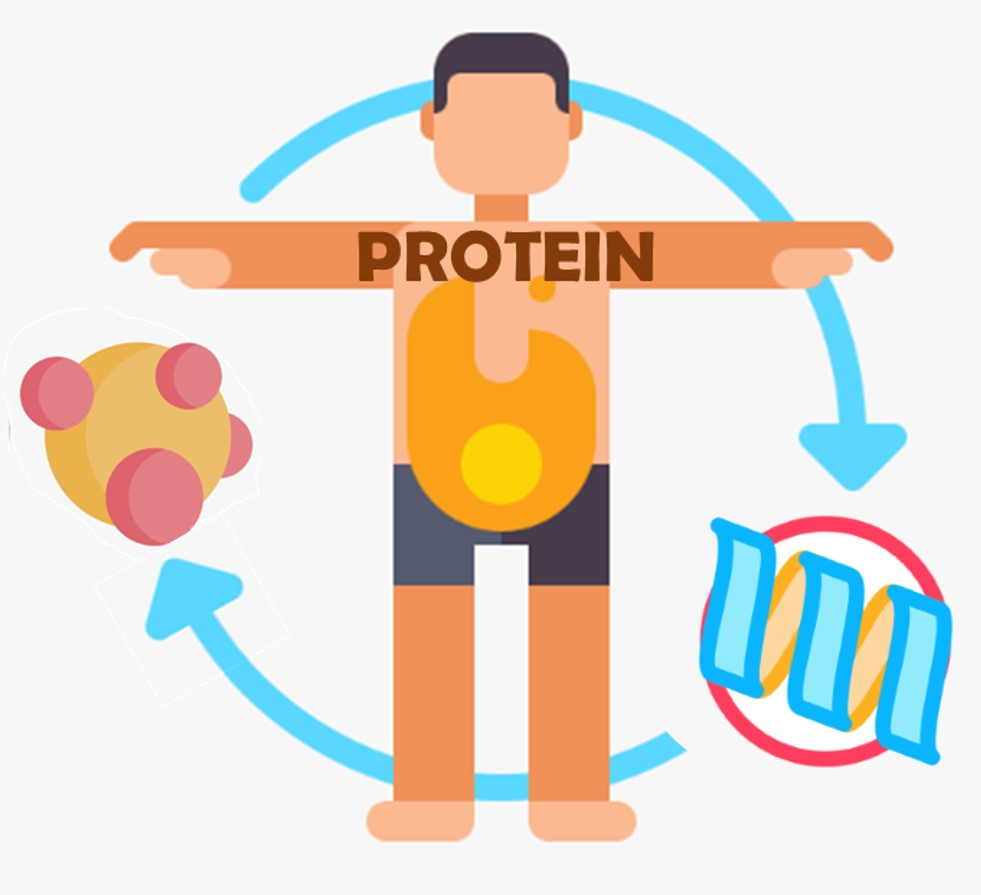JOURNAL 3138
Records of Agricultural and Food Chemistry
Year: 2024 Issue: 3 Special Issue: Abstracts 3rd. TCS, International Food Chemistry Congress February 29-March 03,2024 Antalya Türkiye
p.46 - 46
Viewed 1150 times.
GRAPHICAL ABSTRACT

ABSTRACT
Proteins, as the most important part of the human diet, contribute significantly to human development, structural functions, and biological properties. It is not hard to see that due to these essential roles, proteins also play a crucial role in the food industry. Beyond their dietary properties, proteins are used to create structure (such as foam, elasticity, etc.), enhance taste, aroma, and color in food products [1]. In recent years, consumer preferences regarding dietary proteins have shifted due to health, ethical, and environmental concerns [2]. Consumers are increasingly opting for proteins derived from alternative sources such as plants, fungi, and microorganisms. Another critical aspect of proteins is their bioavailability. If the human body cannot effectively digest and absorb proteins, consuming them becomes meaningless [3]. Despite the significant impact of proteins on food structure and dietary benefits, there is still insufficient information about their interactions with other food components, alternative protein sources, and methods to enhance their bioavailability. In our research, we aim to clarify these gray areas and uncertainties. To address our questions, we conducted a detailed literature search and prepared a presentation summarizing our findings.
KEYWORDS- Protein
- protein-food interactions
- consumers choices
- bioavailability